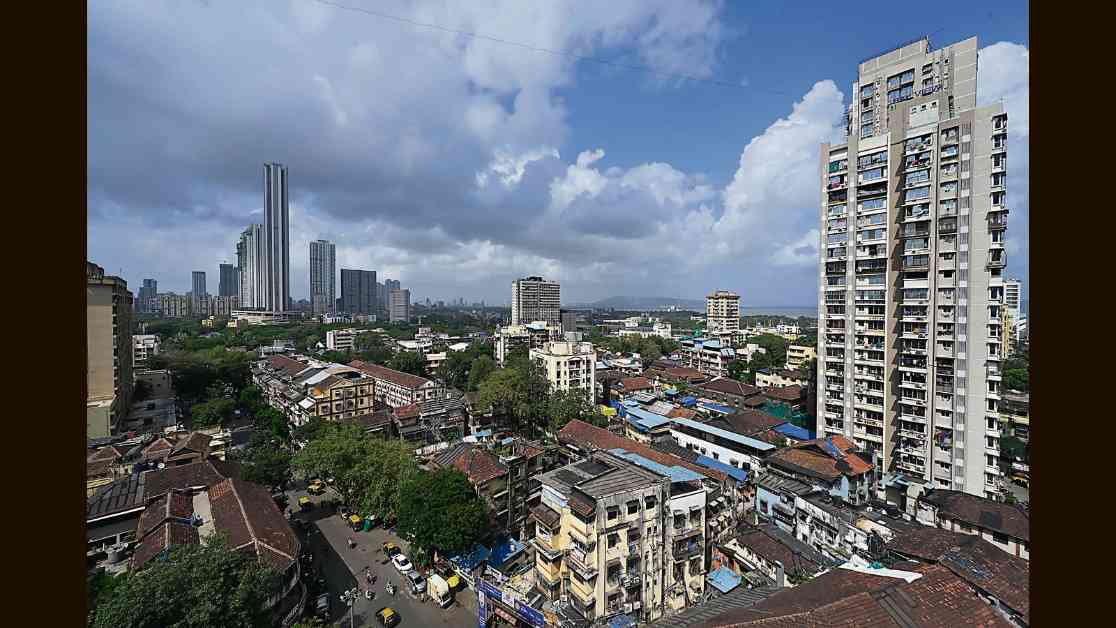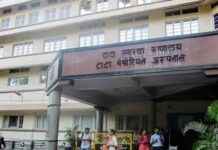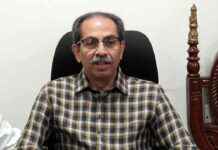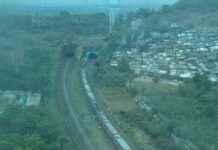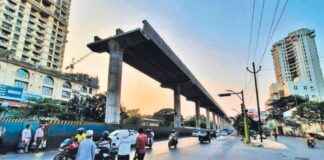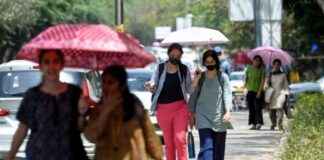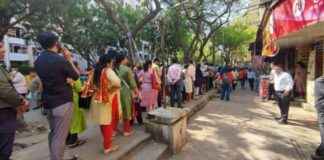Revitalizing Mazgaon: A Tale of Transformation
Mumbai, a city known for its rapid development and urbanization, has a tendency to erase its past in the pursuit of progress. Captain Ramesh Babu, a former resident of Mazgaon, reflected on this phenomenon as he shared his memories of the quaint neighborhood that he called home for 15 years. In 2021, upon his retirement, Babu decided to immortalize Mazgaon in a book titled ‘My Own Mazgaon’ as a tribute to the place that held a special place in his heart.
Unveiling the Charm of Mazgaon
Mazgaon, a centuries-old precinct in Mumbai, is currently facing a threat from rampant redevelopment activities by builders. To shed light on the rich history of this neighborhood, Captain Ramesh Babu, Zeenat Kulavoor, the design director at Bombay Duck Designs, and Rahul Reddy, the founder of artisanal café Subko, will be participating in a panel discussion moderated by architect Nikhil Mahashur at Coomaraswamy Hall on September 19. This event aims to celebrate the heritage of Mazgaon and raise awareness about the need to preserve its cultural essence amidst modernization efforts.
Exploring the Roots of Mazgaon
Over two centuries ago, Mazgaon was a humble village characterized by agriculture and fishing activities. The establishment of dry docks in 1774 marked a turning point for the neighborhood, attracting workers and businesses to settle in the area. The influx of diverse communities, including East Indians and Chinese immigrants, contributed to the growth of industries such as timber, textiles, and ship-building. Mazgaon evolved into Mumbai’s first suburb, boasting a mix of architectural styles and small homes that reflected its unique charm.
However, the rapid urbanization and redevelopment projects in Mazgaon have led to the disappearance of traditional homes and structures, giving way to towering skyscrapers and commercial complexes. Architect Nikhil Mahashur, who conducts heritage walks in the area, laments the loss of historical landmarks and residential buildings that once defined the neighborhood’s character. The transformation of Mazgaon into a modern hub for the affluent has resulted in the gradual disappearance of its cultural heritage and architectural legacy.
Preserving the Past through Adaptive Reuse
Amidst the wave of redevelopment sweeping through Mazgaon, a new breed of entrepreneurs and businesses is emerging to revitalize the neighborhood while preserving its historical significance. Rahul Reddy, the founder of Craftery by Subko, a popular coffee house and bakery housed in a former warehouse, emphasizes the importance of reusing existing structures to maintain the area’s heritage. Collaborating with Zeenat Kulavoor from Bombay Duck Designs, Reddy has created a map highlighting traditional and contemporary attractions in Mazgaon, encouraging visitors to explore the area’s hidden gems.
The Changing Landscape of Mazgaon-Byculla Belt
The urban transformation of Mazgaon is a reflection of the evolving socio-economic dynamics in Mumbai. As upscale residences and commercial developments take center stage in the neighborhood, traditional homes and cultural landmarks are being replaced by modern structures catering to the affluent. The introduction of cluster redevelopment projects and changes in Development Control Regulations have accelerated the pace of gentrification in Mazgaon, leading to the displacement of long-time residents and the erasure of historical neighborhoods like Matharpacady.
Looking Ahead: Balancing Development and Preservation
As Mazgaon undergoes its third phase of transformation in three centuries, the delicate balance between redevelopment and preservation remains a critical challenge. Real estate experts predict that the neighborhood will continue to attract wealthy residents and upscale developments, displacing lower-income families to the outskirts of Mumbai. The ongoing gentrification process in Mazgaon-Byculla belt underscores the need for sustainable urban planning practices that prioritize heritage conservation and community engagement.
In conclusion, the revitalization of Mazgaon presents a unique opportunity to blend modernity with tradition, preserving the neighborhood’s cultural heritage while embracing future growth. By fostering a sense of community pride and historical awareness, stakeholders can ensure that Mazgaon remains a vibrant and inclusive neighborhood for generations to come.
